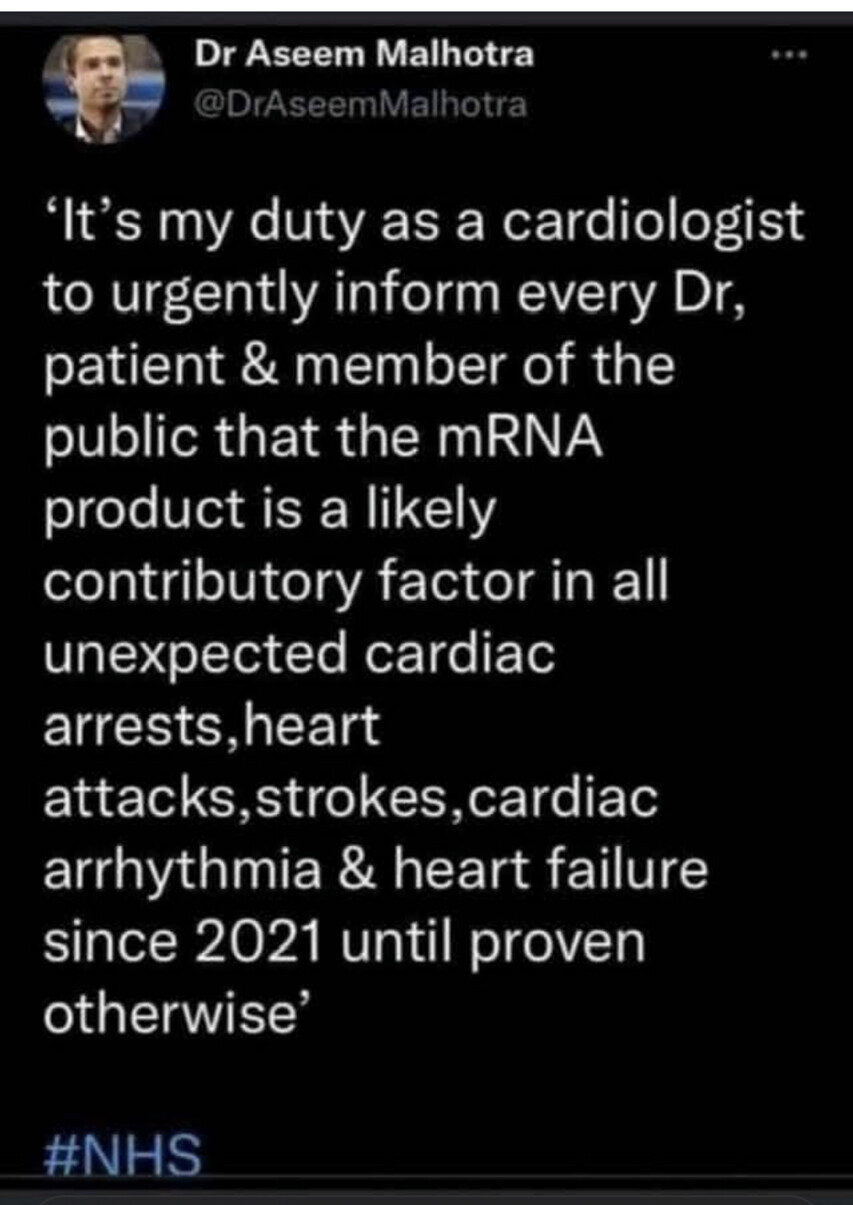Found in most Covid tests: sodium Azide! Don't you wonder what that is?!
Sodium azide (NaN3) is a highly toxic chemical compound.
Mechanism of Toxicity:
Sodium azide inhibits mitochondrial cytochrome c oxidase, which is essential for cellular respiration. This inhibition leads to a decrease in cellular energy production and ultimately cell death.
Symptoms:
Exposure to sodium azide can cause a wide range of symptoms, including:
headache, dizziness, weakness, seizures, loss of consciousness, respiratory failure, and cardiovascular collapse.
Routes of Exposure:
Sodium azide can be toxic through inhalation, ingestion, or skin contact.
Fatal Dose:
The lethal dose of sodium azide in humans is estimated to be around 70 mg. However, even smaller doses can be fatal, especially if they are ingested or inhaled.
Treatment:
There is no specific antidote for sodium azide poisoning. Treatment focuses on supportive measures, such as:
Oxygen therapy, Intrav

